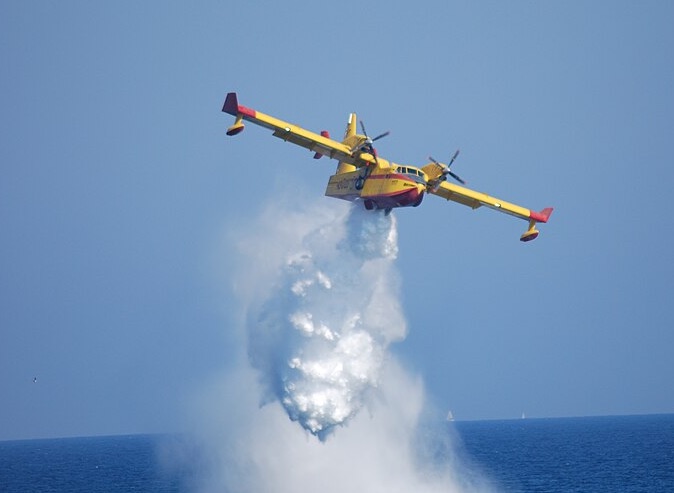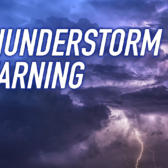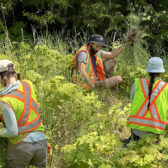The balance has been tipped on Slocan Lake complex wildfires: B.C. Wildfire Service
Hot and dry climes in the valley aren’t contributing to out-of-control times for wildfire activity in the Slocan Valley complex, which currently has two fires of note on the ledger.
In addition to ongoing B.C. Wildfire Service fire suppression efforts, rainfall, elevated humidity levels, lingering smoke and slightly cooler temperatures have all contributed to a significant reduction in fire activity, said Karley Desroisers, information officer from the Southeast Fire Centre for the Slocan Lake complex (wildfire area).
“Recent nights have seen strong overnight recoveries, further decreasing fire intensity,” she said.
On Aug. 5 the complex received rainfall ranging from two to 22 millimetres, which effectively reduced fire behavior, she added.
“Looking ahead, there is a possibility of additional light rain in the coming days, which could continue to help limit fire activity,” Desroisers said.
She explained that work towards containment of priority areas has been successful.
“Work towards containment is ongoing, however, with the completion of the two planned ignitions operations the hazard associated with uncontained fire on the west flank is significantly decreased,” she said about the Mulvey Creek fire west of the village of Slocan.
Although BCWS prioritizes the safety of both the public and responders, the mountainous terrain and the challenging topography pose significant risks to ground and air crews, Desroisers explained.
The region’s steep slopes, rocky terrain and lack of safe access or egress routes can make direct suppression efforts unsafe. Additionally, the intense fire behaviour and the presence of dangerous trees in inaccessible areas further complicate crew safety, she related.
Blazing a trail
B.C. Wildfire Service uses several strategies to fight out-of-control wildfires, including direct and indirect attacks on the fire.
Direct attacks involve creating control lines close to the fire for low-intensity blazes, while indirect attack establishes control lines further away for higher intensity fires, Desroisers pointed out.
“Heavy equipment like bulldozers and excavators supports these efforts by constructing control lines and removing fuel,” she said. “Additionally, water is used extensively to cool the fire and increase humidity, which helps to reduce fire intensity.”
This includes applying water directly with hoses and using helicopters for bucketing.
Planned ignition operations have been successful, Desroisers noted, removing available fuel between the fire perimeter and the established guard, reducing the risk of growth towards the community of Slocan.
“Crews continue to reinforce the guard using hand ignitions,” she said. “Planned ignitions are not considered a last resort tactic, they are a very common strategy used to fight fire in B.C., especially in areas where terrain is unsafe for crews. By way of a planned ignition, the fire can be brought to an area where crews can safety work.
Flying, especially at high altitudes with sustained bucketing, is a high-risk activity and does not effectively extinguish wildfires without the support of ground crews. Aircraft and ground crews must work together for effective wildfire suppression.
“However, in steep terrain, the use of aircraft can lead to unintended negative consequences, such as washing burning debris downslope or creating heavy winds that spread embers, potentially starting new fires,” said Desroisers.
Ponderosa FSR
Aerial ignition operations on Aug. 7 were successful.
Crews are conducting small-scale hand ignitions on the north flank and plan to continue ignition operations along the south flank today, aiming to control fire intensity and limit growth risk.
Ground crews are supported by bucketing helicopters, and structure protection efforts are ongoing, with large water delivery systems set up in the area.
Komonko Creek
Fire behaviour across most of the fire is low due to recent rainfall, however, the fire remains active in the Enterprise Creek drainage.
Crews are directly attacking the fire from established guards and along Highway 6, where danger tree assessment and falling continue. Heavy machinery is working to consolidate and connect fire guards.
Mulvey Creek
Fire activity may increase within Valhalla Park due to shifting winds, primarily on the north flank.
Crews continue to mop up and patrol established guards, maintaining and testing structure protection equipment. Smoke and flame may be visible, particularly along the north and southwest flanks.

























